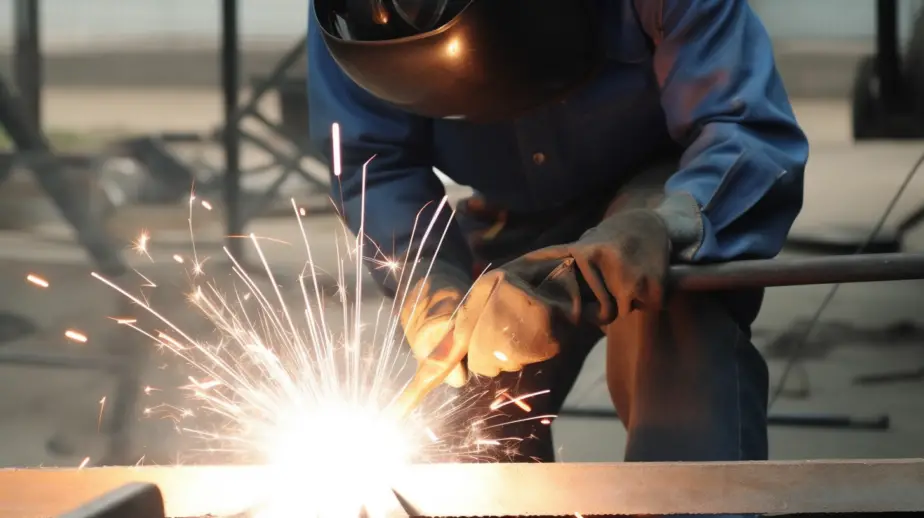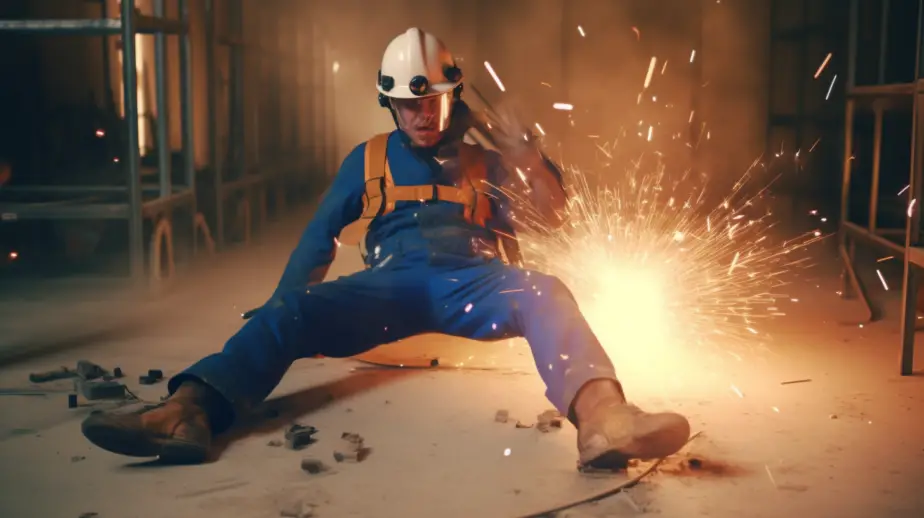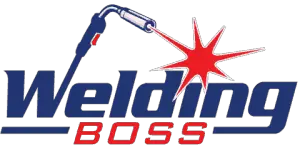This post contains affiliate links to products, services, or education. We may receive a commission for purchases made through links.
Welding is an essential skill in various industries. Agriculture, construction, and automotive repair are just a few industries that rely heavily on welding, particularly stick welding. But is stick welding really dangerous if all these industries rely on it?
Stick welding can absolutely be dangerous, just like any other type of welding. Stick welding specifically has the potential to damage your eyes, skin, lungs, and more. Danger comes in many forms and in many ways, but using appropriate PPE (personal protective equipment) plays a key part in mitigating stick welding risks.
With the appropriate PPE (welding helmet, gloves, apron, boots, etc), you are guaranteed to have the safest experience possible. This is one of those jobs you just can’t eliminate all potential dangers. Let’s look at the potential dangers of stick welding and how to stay safe.
What is Stick Welding and How Does it Work?

Stick welding, aka Shielded Metal Arc Welding (SMAW), is an arc welding process that uses a consumable electrode coated with flux. The electrode, or “stick,” connects to a welding machine that generates an electric current. When the electrode comes into contact with metal, the current creates an arc of electricity. This arc melts both the electrode and the metal, fusing them together and forming a strong bond.
The flux coating on the electrode serves two purposes. It creates a protective gas shield around the weld. This prevents contamination from the atmosphere, and it also forms a slag layer on the weld. This protects the weld from oxidation and other damage.
Dangerous Welding vs. Not Dangerous Welding: It’s All Dangerous!

As a novice welder, you might think that some types of welding are safer than others. But the truth is that all welding processes carry some degree of danger. Welding involves high temperatures, molten metal, and intense light. These variables can cause serious injuries if proper safety precautions are not taken. No matter if it is stick or any other welding process, remember to treat it with the respect it deserves.
Safety is always first.
Choosing a Stick Welder: Safety First!
There are various types of stick welders available on the market. There are small portable units to large, industrial machines. When selecting a stick welder, it’s essential to choose one that is suitable for the specific tasks you’ll be performing. Learn the built-in safety features! Each welder is different.
For novice welders, it’s best to start with a smaller, more manageable welder. You will want one that offers adjustable amperage settings. This allows you to gain experience and confidence in your welding skills without having to deal with too much machine.

Look for welders with built-in safety features such as thermal overload protection. This prevents the machine from overheating and causing injury.
Setting Up a Stick Welding Job: Safety in Mind
Follow these steps to set up your stick welding job with safety as your top priority:
- Choose a well-ventilated workspace, free of flammable materials and clutter.
- Inspect your welding equipment. Check your welder, cables, and electrode holder for any signs of damage or wear.
- Ground the welding machine. Do this by attaching the ground clamp to a clean, unpainted metal surface on the workpiece.
- Choose the appropriate electrode for the material you’re welding. Insert it into the electrode holder and double check that it is secure.
- Adjust the amperage setting on your welder according to the electrode manufacturer’s recommendations. Assess the thickness of the material you’re welding. Here’s a calculator to help get you started: https://www.millerwelds.com/resources/weld-setting-calculators/stick-welding-calculator
- Put on your personal protective equipment (PPE). This should include a welding helmet, gloves, and fire-resistant clothing.
- Position yourself with a clear view of the welding area and a stable stance.
- Strike the arc by tapping the electrode against the workpiece. Then quickly pulling it away to establish the proper arc length.

Common Mistakes and Dangers for Novice Welders
As a novice welder, you may encounter some of the more common mistakes and hazards while stick welding. Here are a few to watch out for and how to avoid them:
- Poor electrode angle: Holding the electrode at an incorrect angle can lead to weak or uneven welds. Practice a consistent angle of about 20-30 degrees. This will vary based on the specific welding technique you’re using.
- Inadequate PPE: Skipping or skimping on PPE can result in severe injuries from burns, UV radiation, or flying debris. Always wear a properly rated welding helmet, gloves, and fire-resistant clothing when welding.
- Inadequate ventilation: Welding fumes can be hazardous to your health. Ensure your workspace is well-ventilated and consider using a fume extraction system. Your lungs are worth the expense!

3 Quick Tips for Stick Welding Success
- Clean your workpiece: A clean surface is essential for a strong, consistent weld. Remove any rust, paint, or debris from the area before starting.
- Practice your technique: Stick welding requires precise control of the electrode and a steady hand. Practice on scrap metal to develop your skills and muscle memory.
- Troubleshoot common problems: Encountering excessive spatter, poor penetration, or an unstable arc? Try adjusting your amperage, electrode angle, or arc length to resolve the problem.
I would also recommend using the appropriate PPE for the job. Check out our recommended gear here.
In Conclusion: Stick Welding and Safety
Stick welding is a valuable skill with many applications. It also carries inherent dangers. By understanding the process, choosing the right equipment, and following proper safety precautions, you can mitigate these risks. You can even enjoy a rewarding and successful welding experience. Remember to always prioritize safety, practice your technique, and never stop learning. Happy welding!
Table of Contents
- What is Stick Welding and How Does it Work?
- Dangerous Welding vs. Not Dangerous Welding: It’s All Dangerous!
- Choosing a Stick Welder: Safety First!
- Setting Up a Stick Welding Job: Safety in Mind
- Common Mistakes and Dangers for Novice Welders
- 3 Quick Tips for Stick Welding Success
- In Conclusion: Stick Welding and Safety

